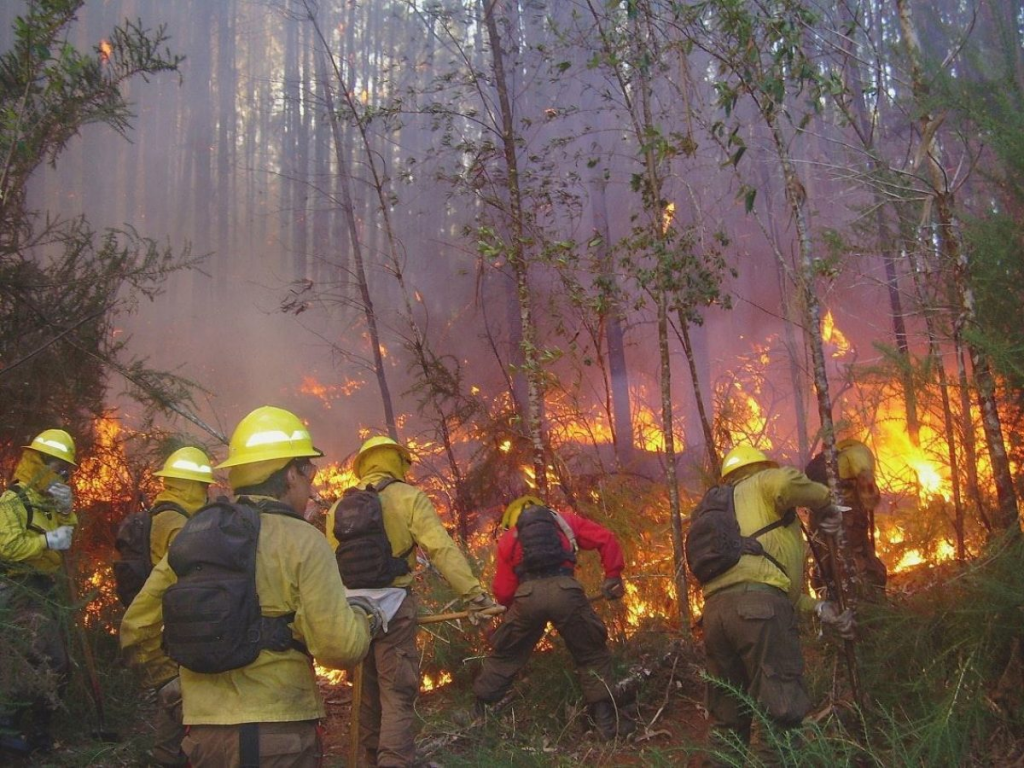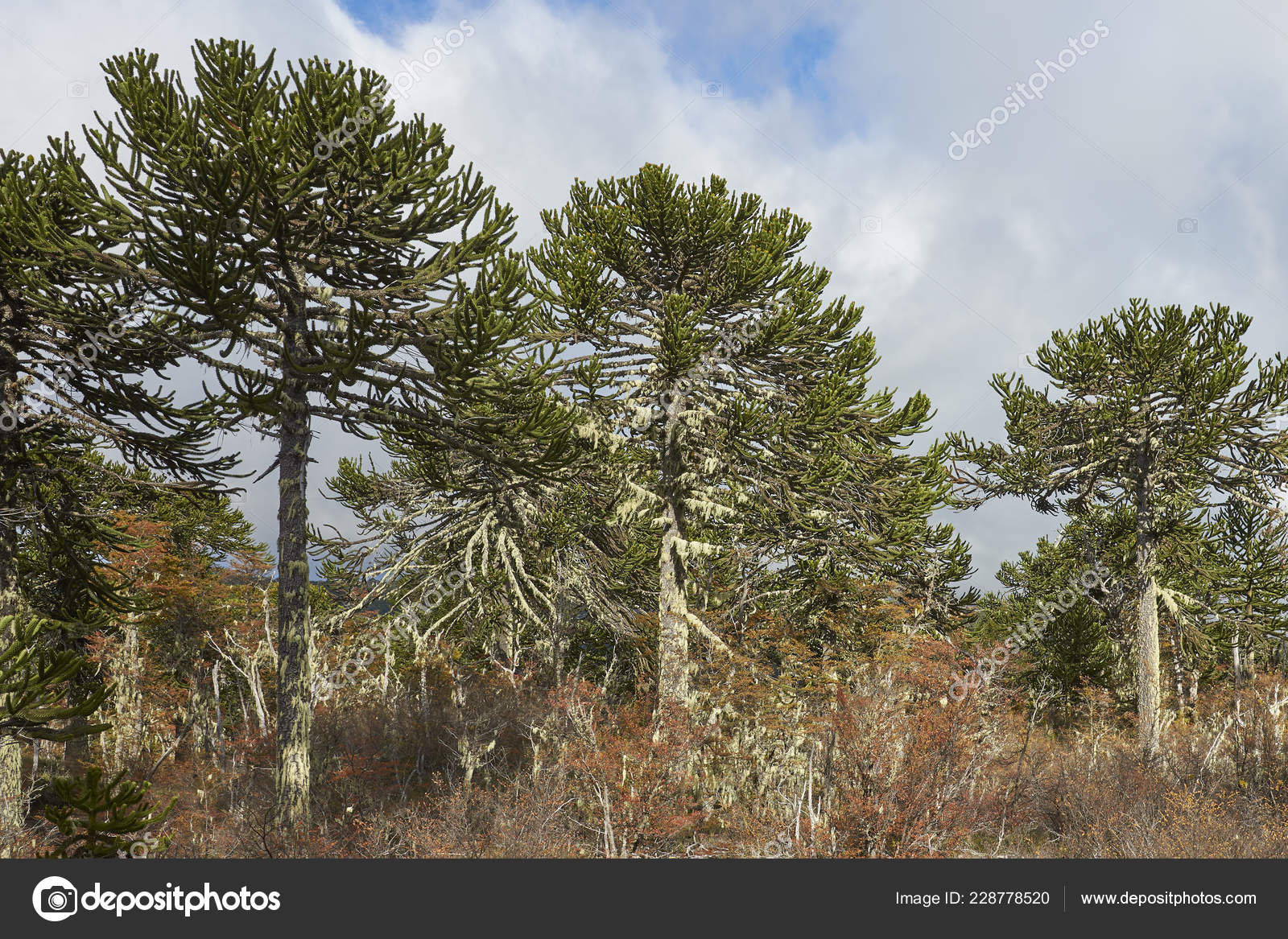
Forest fire occurrences have steadily increased in recent years. Fires are affected by both climatic variations and human activity. In particular, the decades after the 1880s resulted in a reduction in fires from active suppression, decreased fuel availability, and fewer intentional burns. Tree scarring reveals important data that shows the joint effort of humans and climate in causing fires. Pre-20th century settlers burned the forests of Patagonia at high frequencies, but the era of national parks, beginning after the 1920s, brought about a time of fire suppression. The change in human activity, combined with springs and summers that were high in precipitation during the mid-20th century, led to a significant drop in fire occurrences.
Long-term and “inter-annual” climatic patterns significantly influence fire occurrence. Human activity serves as another impact. After the fire-exclusionary period in the 1920s and beyond, tree cover grew to replace fire-resistant shrub-lands, making the land susceptible to “stand-fires” instead of burns that only scratched the surface of the forest. This is essentially a more devastating burn, so while fire suppression allowed biodiversity to return, the regrowth was vulnerable.
With this vulnerability in mind, most of the decrease in fires was actually attributed to the wetter climate of the time. There was also a link between halting the hunting patterns of indigenous people, which often included controlled burning. Essentially, a likelihood for fires increases with a higher frequency of burning. Vegetation variation over a timescale of 40,000 years showed that climatic variation was not the sole cause of land more susceptible to fires, but as A. P. Kershaw explains: “an increase in burning, most probably due to the activities of Aboriginal people, was proposed as the most likely cause.” More burning results in more fires and without careful management so as to reduce intentional burns, one spark can turn into a disaster. Vergara explains that risks increase considering, “the potential insufficiency of forest habitat derives, in part, from high vulnerability to natural disasters, e.g., landslides or volcanic eruptions, that regularly occur within the Andes Mountains, as well as human-induced disturbances, such as large fires intensified by regional summer drought.” The park systems do have reason to be concerned about the well-being of their citizens, especially considering trends of fire frequency.
The creation of the national parks came a time when the climate actively suppressed fires and changes in human activity reduced their occurrence. In the context of management, these two factors are important to acknowledge because the supposed fire suppression tactics of the park systems weren’t as effective as hoped. Future fires, and especially those in recent years, have been devastating to the Patagonia region, and park management must act in a way that safely protects its constituency without relying on larger patterns of land use. The battles of fire management have evolved, and understanding the history is important to consider the damage that out-of-control burning can inflict.

This graph illustrates the steady increase of fires from the 1960s to near present-day. These numbers remind us that fires will only become more of a threat to the region, making careful management that understands historical mistakes vital to the existence of the Patagonian landscape.
Therefore, national parks affected by fires must make a point of prioritizing conservation decisions. Conguillío National Park is an example of a fire-affected area, which has faced challenges in maintaining integrity for the land’s resources and services. Magellanic Woodpeckers, for example, are threatened for survival as a result of increased fires.
Vergara finds that the threat to the woodpecker is directly related to fires:
“The pattern of [woodpecker] population decline in Conguillío National Park suggests that this park may be falling short of its goal to protect viable populations of forest wildlife. At this point, the causes of the declines are uncertain, but we note that the Conguillío National Park has experienced large recent forest disturbances. Indeed, recent fires have destroyed at least 35 km² of native forest in Conguillío.”
Without the appropriate ecosystem and forest availability, woodpeckers will not survive. The only possible benefit to woodpeckers is burning decayed trees; however, this is far outweighed by more stable environments where fire-influenced drier regimes are avoided. Fire protection requires decision-making that sacrifices some of the natural environment in order to prevent harmful burns. The park management must choose between embracing fire-induced resistant vegetation and loss of animal species like these woodpeckers.

In Villarrica National Park, the Araucaria araucana tree species, a largely fire-resistant long-lived conifer tree, shows fires dating back to the 15th century. The fire scarring of these trees shows this history because they can withstand a much higher-impact flame. In the park, researchers used this species to compare to the Nothofagus antarctica and N. pumilio species, Southern beech trees native and unique to the land which are more susceptible to burning and only dated back to the early 1900s. The difference in history among these trees represents the changing landscape. While Nothofagus trees can grow back after fires depending on seed distribution and other factors, there are different impacts on different trees. This history told by tree rings in one species is lost in another. National parks are interesting because they protect resources that are valued in wildly different ways. Management works to protect the natural environment and aesthetic and extend the life of lands so that future visitors can experience the incredible aspects. These values may seem trivial but upholding the true character of the environment is an important form of identity for the region. Using tree species to establish fire patterns reveals this other aspect of park management: a value system that respects all characteristics of the land for the sake of future visitors.
Picture gallery identification:
- Nothofagus antarctica; image: Alamy
- Nothofagus pumilio, burnt; image: Chris Mattison
- Araucaria araucana; image: Pixers
- Araucaria araucana; image: richardsjeremy, Deposit Photos
Fires in Chile have raged in recent years, creating tons of damage. Closing parks and forcing people to relocate are both repercussions of the flames; stopping these flames before they can grow out-of-control seems to be the next step for land management officials, as they deal with the aftermath.
Click on this link to read news about the recent flames:






